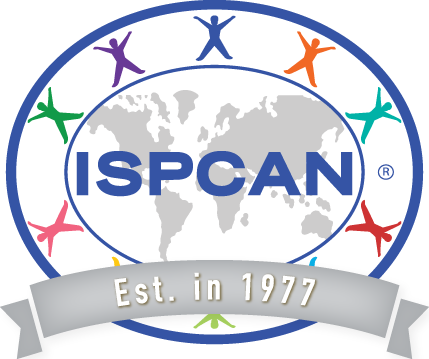Apply now to be part of our Global Network
Short 5 minute application to be in official relationship with ISPCAN.
ISPCAN Global Partners are organizations or non-profits working across the globe, who work directly or indirectly in child abuse and neglect (CAN) prevention or treatment. The goal is to share advocacy, experiences, knowledge, research, and resources across all regions in an endeavor to strengthen global efforts to end child maltreatment. Working together we can do more. We believe effective and sustainable CAN prevention is achieved through education and professional cooperation.


























